A Truly Amazing Legacy - The Smith Family
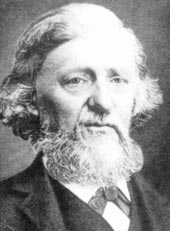
All too often, stories are written about company accomplishments. But the following tells a story of a truly amazing machinery design and metal working legacy that has thrived for over 135 years.
In 1843, a young man made his passage from England to America at twenty-three years old. Somewhere near the mouth of the St. Lawrence, he jumped off the ship to save a young woman that fell overboard. Luckily they both survived and were married shortly afterward. His name was Charles Jeremiah Smith and her name was Mercy Johnson.
To make a very long story short, in 1874, Charles started a company with two of his four sons, and called it C.J. Smith and Sons. By the end of the century, C.J. Smith and Sons was the largest bicycle parts manufacturer in the world. As C.J. was building his bicycle parts business with his two youngest sons, his oldest son, Alonzo, was actively inventing and manufacturing instructive toys. In 1886, Alonzo patented a spelling board game that became one of the most sought after and used spelling tools for children over the next several decades, and was exclusively sold through Selchow and Righter Co. in New York. Alonzo went on to patent and manufacture three additional products, including a cardinal number board to compliment his spelling board.
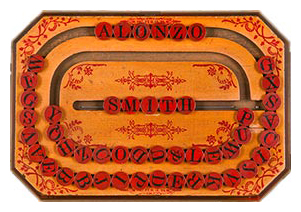
At about this time, C.J. called on one of his other sons, the architect Arthur, to design a new manufacturing plant in Milwaukee. Arthur, who liked to be called A.O., decided to stay after the building was constructed. The bicycle manufacturing business was sold and A.O. started a new venture to manufacture automobile frames. The new company was called the A.O. Smith Corporation and began operations in 1904.
Shortly thereafter, Arthur hired Reuben Stanley Smith, his brother Alonzo’s son, who showed much engineering promise.
Reuben immediately rolled-up his sleeves and poured out designs. Between 1914 and 1923, Reuben was the inventor of record for countless designs (see Reuben’s Accomplishments), and a striking 46 patents total were filed in his name during the 9 years he worked at the A.O. Smith Corporation. These busy years culminated in Patent #1,397,020, issued on November 15, 1921, for an assemblage of machines later dubbed the “Mechanical Marvel” because it could crank-out 10,000 automobile frames per day. In 1979, the Mechanical Marvel was declared a National Historic Landmark by the American Society of Mechanical Engineers. In the early 1920’s, Reuben left the A.O. Smith Corporation and moved to California where the bulk of his family lived. He settled in the Los Angeles area and in 1931, started his first company: the Smith Meter Company.
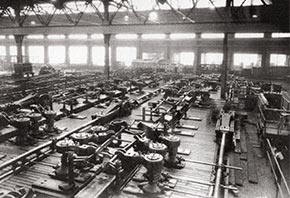
During the depths of the Depression, Reuben continued in his engineering and design work for the A.O. Smith Corporation and refined his meter. He also designed a piston meter for the Badger Meter Company and assigned the patent rights to Badger. Reuben’s design work on meters ended in a 50-page, 47 claim patent for what is known today as the Smith Meter. He was struggling, however, because the banks would not lend money to new companies and he could not finance materials purchases for his meters. In 1937, Reuben sold the Smith Meter Company to the A.O. Smith Corporation. The following year, Reuben started Smith Precision Products Company, now known to the industry as Smith Pumps. The company sold its first Butane/Propane pump in 1939 and by 1942, offered a line of bulk plant pumps and truck pumps. Reuben is credited with supplying the first pump to handle Propane that was specifically designed for this service.
The company struggled again in the war years due to materials rationing for the war effort. Thus, the company designed and manufactured products for the government, which included gear motors and high pressure aircraft fuel pumps. Reuben also designed and patented an aerosol filling machine for Freon and insecticide transfer used by the troops in the South Pacific for mosquito control.
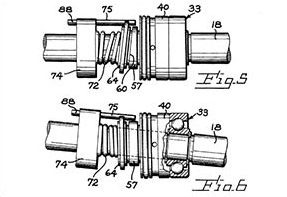
In 1945, Reuben’s son, Lawrence, joined the company after a stint in the Navy and graduating from Cal Tech. Sadly and unexpectedly, Reuben passed away in 1948. Some of Reuben’s last work involved the first technical articles published that centered on the pumping of LP-GAS. These were a series of articles published in Butane Propane News between 1945 and 1947. Between 1934 and 1948, Reuben filed 10 more patents, adding to the 51 already granted.
Lawrence designed and patented the first mechanical seal used in a liquefied gas pump in 1948. He then redesigned the company’s line of pumps and sharpened his father’s design to better handle the nature of liquefied gases. By 1953, the company was selling a line of six pumps that could transfer between 20-100 GPM. After working with the Underwriters Laboratories, U.L. published the first Standard for LP-GAS pumps in 1955. The company was the first to List a pump for LP-GAS with U.L. in 1955 and the entire pump line followed. Lawrence also developed a complete line of fertilizer injectors during the 1950’s from a design his father Reuben came up with just before he passed away. Armed with an outstanding engineering education from a university that invested in Lawrence’s talent, he authored many technical articles on the properties of Propane and wrote one of the definitive booklets on the pumping of LP-GAS called Booklet A.
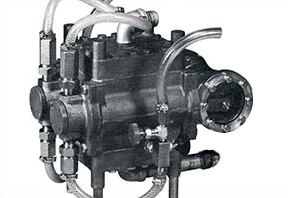
By the mid 1960s, Lawrence added more pump models, including small capacity pumps, truck pumps, and severe duty service options. This was also a time in which the Company was becoming involved with markets in other countries and supplying pumps for a wide variety of liquefied gases.
In the early 1970s, a line of flexible drive couplings and Y-type strainers were added. Lawrence also designed a canned pump motor combination used to circulate liquid Carbon Dioxide, which was quite a revolutionary idea at that time. By 1976, two of Lawrence’s three sons were working for the company. In 1977, Lawrence’s third and youngest son, Walter Smith, joined the firm.
Walter was also educated in mechanical engineering. By 1981, he designed a line of bypass relief valves, dubbed the WW-series. In 1983, Walter designed a new cost-effective pump, culminating in the D-series line. That was followed in 1989 with the 3-inch flange-mount truck pump, the MCAT-series, and the all plastic fertilizer injector, the R-1.
In 1991, following a series of remarkable conversations at a tradeshow, Walter designed a hose-end swivel on hotel room stationery. Within ten days after the show, a crude prototype was developed and tested. In 1992, Walter started a new company, Full-Circle Inc., believing that this new and unique design would have some promise. Full-Circle was the first to List a swivel with the Underwriters Laboratories for LP-GAS service. This occurred thirty six years after Lawrence Listed the first pump with U.L. for LP-GAS service, and fifty two years after his grandfather, Reuben, sold the first pump specifically designed for LP-GAS service in 1939. The design was patented in 1992 and the company rapidly expanded. Another patent was granted in 1995 and by 1998, the company had more than forty models to its name and moved into its new premises in Yucca Valley, California.
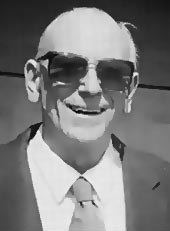
Lawrence Smith, Reuben’s son, passed away in 2000.
In 2002, both Smith Precision Products Company and Full-Circle (a separate operating entity) were certified to ISO 9001. Shortly thereafter both companies became compliant with the European Directives. The models MC-1044Q and GC-1LZ were developed for the overseas autogas markets. After operating in Europe for approximately eight years, the company began offering the GC-1LZ pump to the U.S market in 2009.
By the middle of 2012, three members of the fourth generation Smith family were employed at Smith Precision Products Company. C.J. Smith is their great, great, great grandfather.
No doubt there is something in those genes. For more than 135 years, C.J., Alonzo, Reuben, Lawrence, and Walter, have designed and manufactured products, some of which have made remarkably significant contributions to the automobile, meter, pump, and liquefied gas transfer markets.
